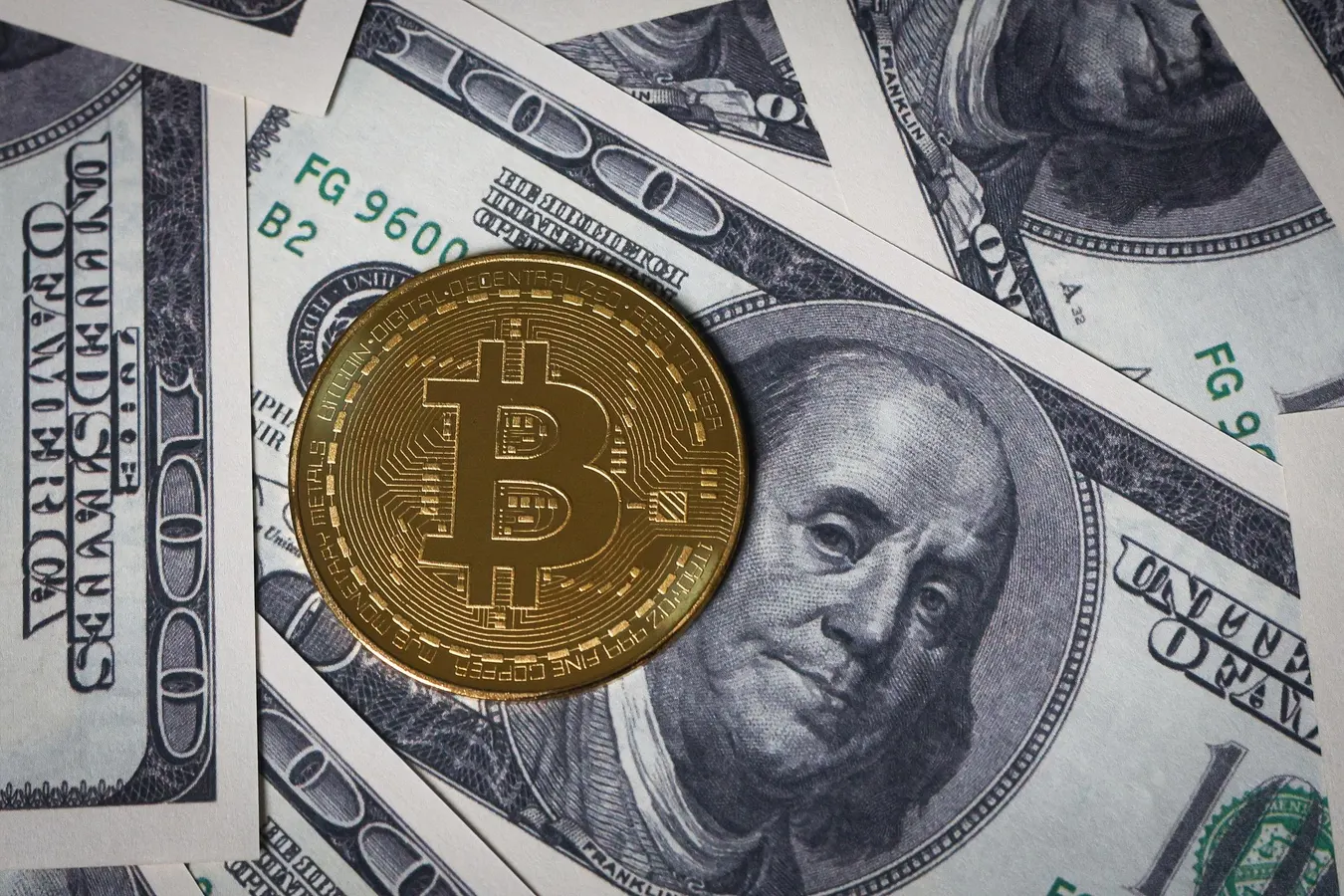By Contributor,Sean Stein Smith
Copyright forbes

Dollar-backed stablecoins continue to accelerate
SOPA Images/LightRocket via Getty Images
There has been significant debate and conversation around how much crypto and crypto advocates should be influencing fiscal and monetary conversation in the U.S., and this has extended to the rapid rise in prominence that has been associated with stablecoins during 2025. Notably a recent New York Times op-ed decries the rise of stablecoins as potentially damaging to U.S. global leadership, a path by which geo-political rivals can weaken dollar dominance, and a misalignment between the private and public sectors. Arguments against stablecoins and crypto in general are not new, nor are the positions laid out particularly innovative in nature. Rather these tend to focus almost universally on the downsides of crypto growth, and echo sentiments equivaling stablecoins to the wild cat banking eras of centuries past.
Positions such as this are worthy of further debate, and possess merit. Simply dismissing such concerns as out-of-date or irrelevant is short-sighted as well as contributing to the perception that the crypto sector is just the latest version of technology companies seeking to move fast and break things without considering the consequences. In other words, to continue advancing from a technical and policy perspective crypto advocates and stablecoin developers will need to confront these issues head on.
That said, many of the fears and positions against stablecoins – and crypto more generally – ignore facts on the ground, as well as how money/currency has evolved over time. Let’s take a look at a few of these, and re-articulate why stablecoins are not just important for continued U.S. dollar dominance, they are essential.
USD Stablecoins Dominate The Marketplace
The position of the U.S. dollar as the global reserve currency is a privilege that is not guaranteed for any singular nation, nor does it have a set expiration date. U.S. stablecoin issuers have proven time and again that the demand for the U.S. dollar remains virtually insatiable even in the face of growing political discourse in the U.S. as well as geo-political competition more broadly. Specifically, well over 90% of all stablecoins by transaction and volume take the form of U.S. backed or otherwise supported tokens, including both USDT and USDC, which alone account for over 80% of the total market capitalization by themselves.
In addition to this dominance many of the same institutions that have long been defenders of the incumbent payment processing and banking system – payment processors, banks, and international payment clearinghouses – are embracing allowing dollar-backed tokens to operate on in-house rails. Giving up this advantage would diminish the role of the dollar, the dollar-based trade system, and open the door to non-dollar competitors.
MORE FOR YOU
Dollar Backed Stablecoins Are Going Global
In terms of population and economic purchasing power the European Union could be perceived as a serious and long-term rival to the United States, and even more so when taking into account the influence and connections that many European multinationals possess. Even more pointedly, and despite recent tensions and spats, the E.U. does serve an important political and economic role in counter-balancing the rising influence and aspirations of China. Framed in that light, the possibility of a stable-euro might be seen as a rival product, a tool by which the dollar could be displaced, and even an existential threat to dollar dominance. The facts on the ground, however, tell a much different story.
The much-discussed digital euro project, recently (yet again) delayed to 2029 in light of continuing obstacles, seems to be perpetually on the backburner. This delay is caused in part by the sheer dominance and growth of dollar-backed stablecoins as well as the political firestorm that the idea of a digital euro has caused in Brussels since it was introduced. Some policymakers, including those on both side of the political aisle, have bemoaned the top-down approach embraced by the Trump administration in effectively banning a U.S. CBDC.
In short, the digital euro project has been discussed for years, has made little forward progress, and has seemingly been supplanted by a euro-stablecoin, following far behind dollar-backed stablecoins already present in the marketplace.
Global Competition Is Accelerating
Even the most potent political and economic rival that the United States has faced in decades, the People’s Republic of China, has made several forays into the blockchain and cryptoasset sectors. These have included numerous bans and crackdowns on both bitcoin and cryptoassets more broadly since the early days of bitcoin, and an aggressive launch of a CBDC both within the nation’s borders as well as international efforts. Alongside these deployments the rapid growth and expansion of the Belt-and-Road initiatives, as well as the expansion of the BRIC summits and adjacent efforts the landscape seemed well situated for a globalist China to rival the U.S. on every front.
Even though the central government in China does exercise significantly more influence versus other nations that have sought to launch CBDCs previously, but even with that advantage the CBDC project has languished for years. Recently the central government has announced a pivot to yuan-backed stablecoins, once again seeming to follow the precedent and success led by U.S. and U.S.-based issuers. Setting aside the doubts and questions that policymakers and potential users might ask regarding privacy, human rights, and efforts to exercise overt control, the fact is that even China has seemingly shifted to a paradigm that mirrors U.S. efforts.
Dollar-backed stablecoins are an extension of dollar dominance, a technological innovation to upgrade dollar-based infrastructure, and an important development for policymakers and investors alike.
Editorial StandardsReprints & Permissions



